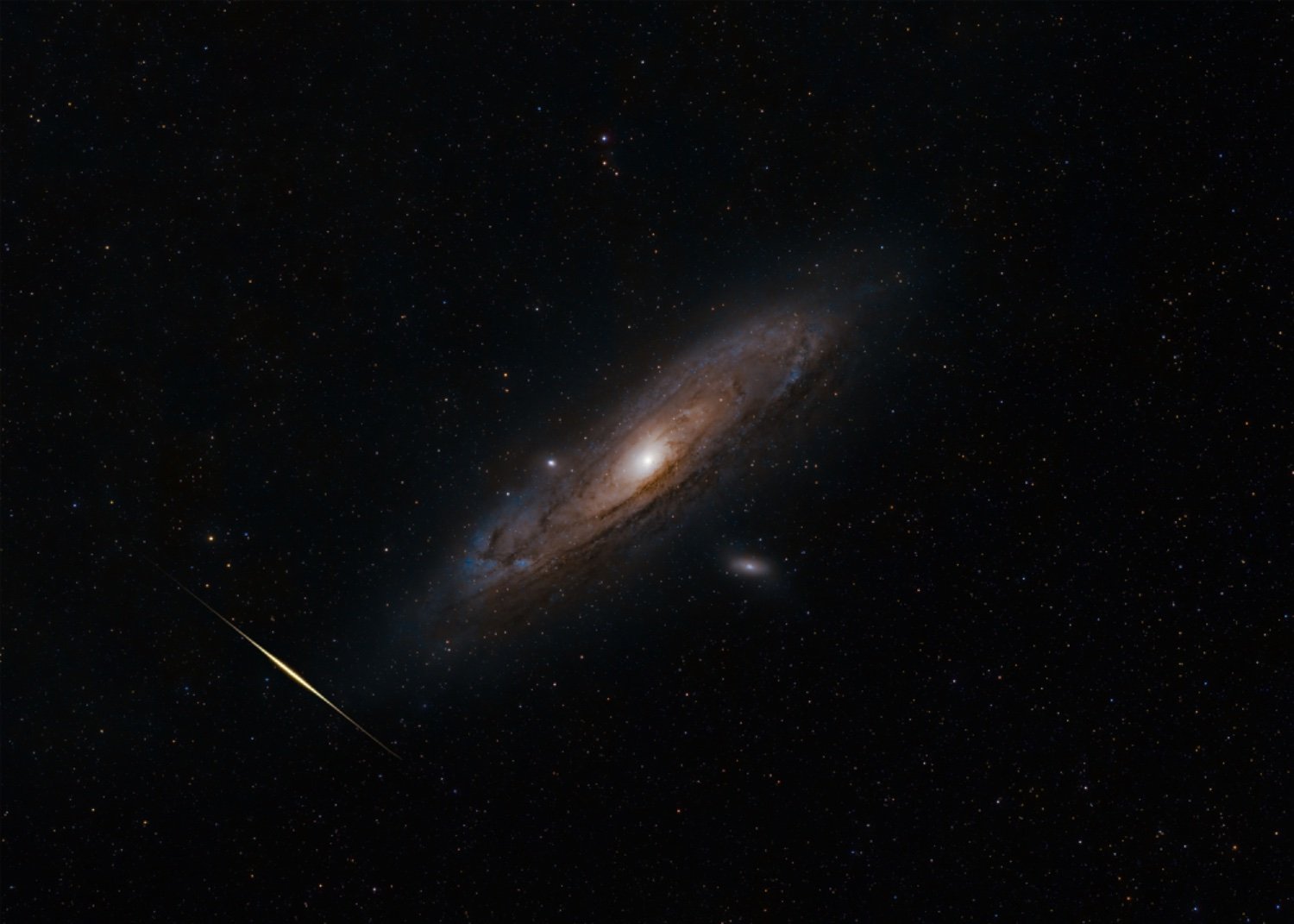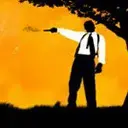I found this design and it fitted my need perfectly. It is a mount for a very popular camera lens used in astrophotography. It not only functions as a weight relief for the camera but also allows to rotate the field of view. Moreover it is possible to focus the lens with the installation of a stepper motor, which will be the next step.
The single parts are screwed together with the help of threaded heat inserts. Just to make sure they are also glued together with epoxy, as the mount really needs to hold up. The screws are locked with Loctite.
Edit: Link to the mount (not my design): https://www.thingiverse.com/thing:6099113
Glueing and screwing the parts:

One result shot with this mount (and many other accessories):

Oh my god, that’s phenomenal. I was very briefly interested in astronomy and telescopes as a kid and only ever dreamed of being able to see stuff like this
Thank you! I agree, it really is an amazing topic.
Beautiful photo. What lens is it?
The Samyang 135mm f2.0. In some markets it‘s also called Rokinon
You must be hooking it up to a telescope right?
The lens is the telescope in this case. But as the focal length of 135mm is fairly short it works best for objects appearing very large in the sky. Astrophotography can get very expensive very quickly, so we try to make the most out of the equipment we have. Just like with the 3d printed mount.
I’ll have to check out the lens more, out of curiosity. I’m sure astrophotography had all types of trucks of its own. I have a 300mm 2.8 lens and no way is it zoomed in enough to get that nice photo you have of a nebula.
The full moon is about 31 arc minutes in apparent size. Andromeda is about 190 arc minutes in apparent size. Based on my Eclipse photos at 700mm, the biggest issue you’re likely to have with the 300 f/2.8 is picking what part of Andromeda you want to fit in your photo.
I’ll have to learn what arc minutes are and sounds fun to try new things
I can recommend this online telescope simulator where you can simulate the field of view with your equipment. Your 300mm lens should be absolutely perfect
Thank you very much
Sick that you shot this without a telescope! You must have great night skies where you live! Maybe I’ll try galaxy shots as well some time, I mostly do star trails
Thank you! Andromeda is way bigger than most people think. That’s the reason why it is a very (maybe the most) popular target for beginners. Also there went a lot of processing into the image, so don’t let the image deceive you from the actual conditions where I live (Bortle 5 zone)
This is weird - I’ve never seen my Canon 70-200 2.8 as an astrophotography lens. I usually opt for my wide angle, fisheye, or telescope attachment.
What is it about this lens that you enjoy for astrophography specifically?
Edit: love the stepper motor addition! Very cool.
Edit: Oh! I misread. This is based on that lens! Interesting. Weird that a 135mm would be used for this!
This lens is incredibly sharp and produces nearly no coma. Also the image is super flat and the lens also works for full frame cameras. For its high image quality it‘s also used by some more advanced astrophotographers.
As I bought it new for 400€ this was a no brainer because we can also use it for ‘normal’ photography.
I‘m sure your lens works well for many nebulae!


